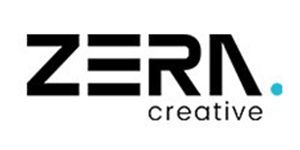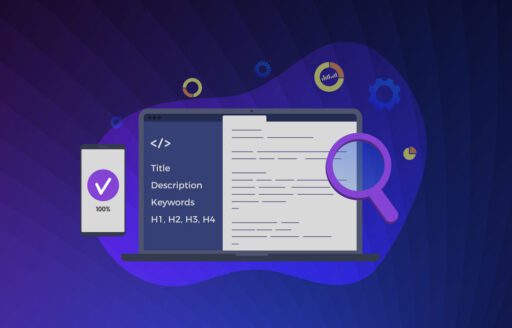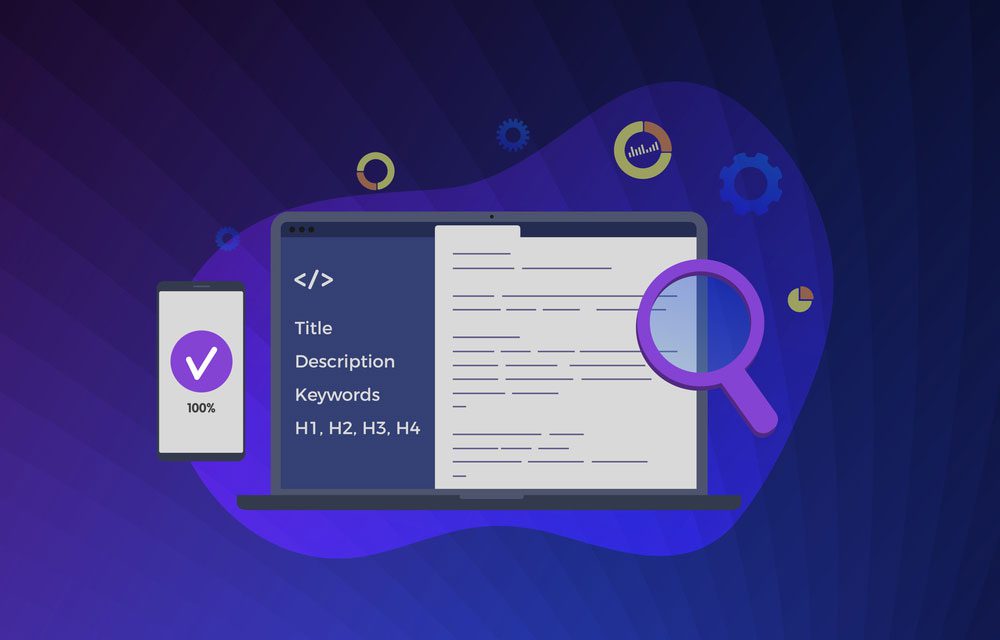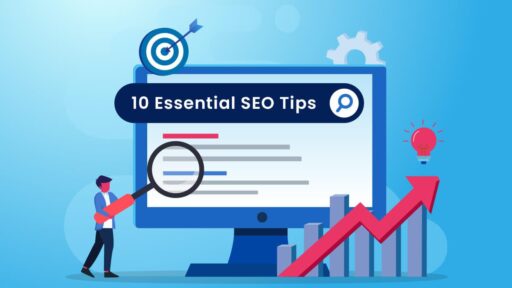It doesn’t matter how thorough and well-researched your content is, if it cannot follow On-Page SEO guidelines, it would never disrupt fierce competition. And, would never see limelight aka cement top places on SERPs.
Heck, not even be read by the target audience as the content pieces would be far away from page 1 … and as a result, your content would keep on piling up dust and nothing else.
That’s why no website can afford to not implement On-Page SEO tactics that pronounce its authority to search engines. So search engines could rank it better than competitors and show it to the mass audience.
This article intends to dispense some highly valuable On-Page SEO strategies that will help better your rankings. The strategies we’re going to show you are quite useful that even SEO gurus would hoard from you so they can sell their course…
Without further ado, let’s get into the nuts and bolts…
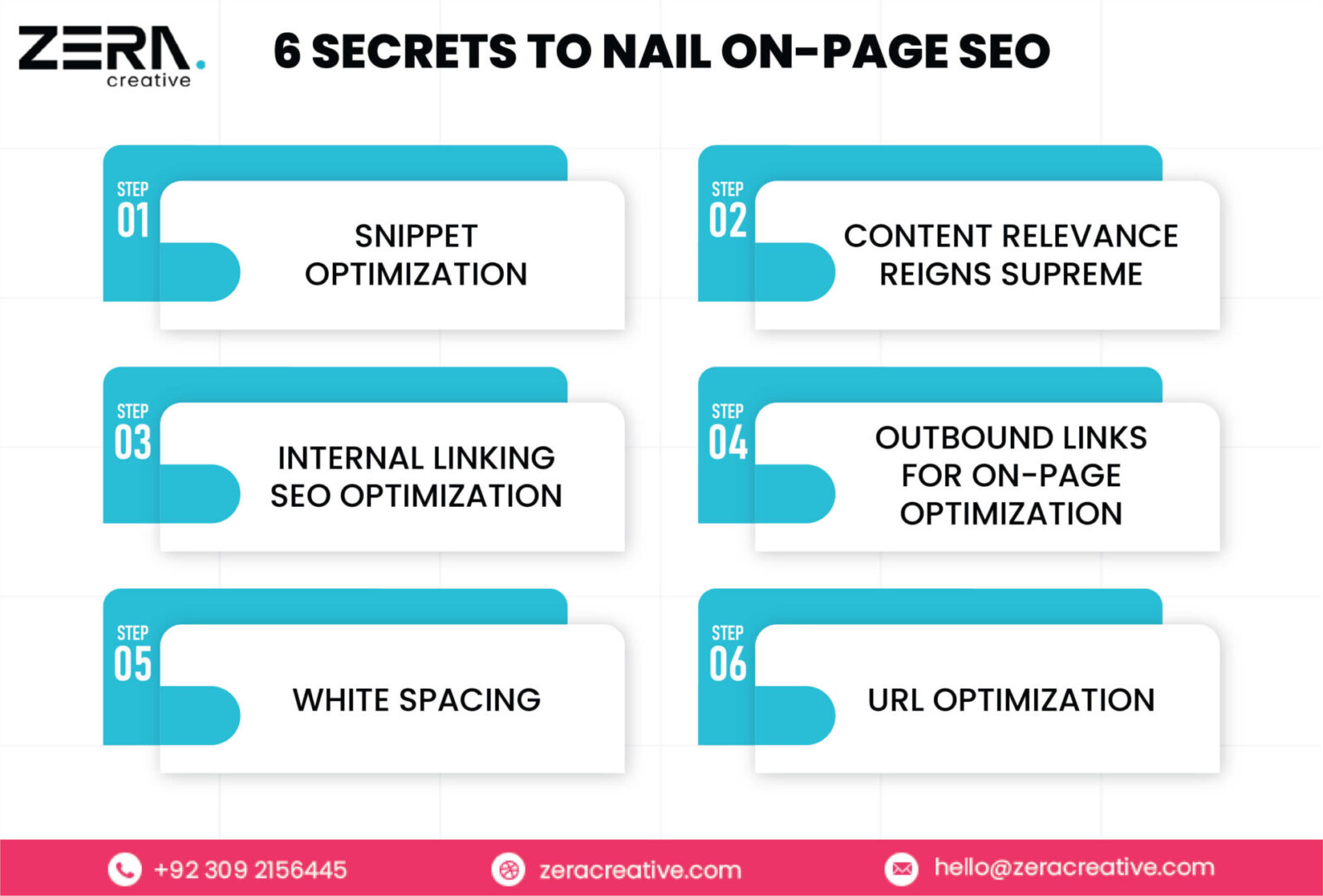
Snippet Optimization
In 2022 snippet optimization is HUGE.
No blog should be without snippet optimization because regardless of your position in Google SERPs … Google shows your content on top of every other content for a particular keyword if it was optimized for that keyword.
What it means, you gain Zero Position on Google SERPs well above any ranked website, if you optimized snippets better than them. Isn’t it fascinating?
There are two ways to do so,
1. Write a helpful answer paragraph that gives a quick solution to the readers.
Since Google values its users, it would pick up on the on-point answer as a standalone so users don’t have to wrap their heads around it to get the answer.
And if users want to go in-depth to understand the base of your answer, they can open the link and read it through. It’s so huge that now every single company that understands Google’s algorithm and criticality to win Zero Position is now focusing on optimizing snippets that show in the Google search.
2. HTML headings are another way to win snippet competition, provided that the headings are relevant to the search query.
Google picks up on these when a paragraph isn’t enough to answer the search query. Like “7 Methods to perform SEO research” or “How to set up your WordPress website” Logically speaking, it would be impossible for a blog creator to cram everything into a single paragraph.
Also, Google knows that the answer to such questions must be thorough, and step by step like a process. So your content must have relevant HTML Headings to be picked by Google as featured snippets.
However, there is other critical and technical info related to snippet optimization like, when to write an answer so Google can pick it up easily, what should be the length of the answer and where to place it in the text body.
To nail it with perfection, you can get back to us and we will hook you up.
Content Relevance Reigns Supreme
Gone are the days when bloggers would stuff keywords throughout the content to fake search engines and acquire top most places. Now Google and their AI got advanced enough that they no longer facilitate such shady practices of ranking content.
So to rank the content above competitors, the content must have relevance and solve customer queries. We can’t emphasize enough on this.
Google now has changed a fair fit that it only allows genuine content creators that come up with unique content that ticks with readers to rule the SERPs.
The result of this advancement favors top content creators that cater to the relevance and buckle down those content creators that only produce the rehashed version of what’s already been on the web.
So for you to outrank competitors, it’s fantastically critical to producing genuine content that intends to solve readers’ problems. If you satisfy the reader to the core and make them stick around till the end, Google will pick this up and boost your rankings.
Internal Linking for SEO Optimization
Internal linking passes on link juice to all the content it’s linked to. This’s a bit technical but would benefit you a lot. Let’s make it simple for you…
OK! So you have a few content pieces that attract eyeballs for all the good reasons and generate a heck of load lot of traffic. But you figure out that the other content pieces aren’t getting as meaningful results as much as you’d hoped for.
In this case, you can link the already ranked posts to the other low-performed posts. That helps pass on a bit of credibility to low-performing posts. Isn’t it amazing?
Oh… and should I tell you another heck? When companies create a product page/service page they include links to the top-performing content that redirect to that product page.
Which helps them gain link juice and helps improve its overall ranking. Companies keep generating content around the service/product page for that same matter.
However, the relevance of the surrounding contents determines the performance of the directed page. That is the easiest way to improve rankings of your non-performing content by linking to it from high-performing content.
Outbound Links for On-Page Optimization
Outbound links are the links that you plug into your content pieces that direct to the authoritative websites.
Websites that have high Domain Authority (DA) and high Page Authority (PA). These links are vital for Web crawlers to adjudge your content’s authority.
What it means, when you link to credible resources to back up your claims, Google crawlers will follow it and pass on the signal of authority. By authority means, the content you put on is backed up by authoritative data, which increases the legitimacy of your claims.
So, the websites could be Government owned like. .gov or Institutional owned like PubMed etc. So, in the nerve-wracking and palm-sweating competition, outbound links play their vital role.
Nevertheless, finding websites that improve your authority over time is a daunting process and can eat up your time and energy…
The best plot is to let us assist you in doing the whole darn thing.
White Spacing
You have read it this far… Why? Because you’ve found the content palatable.
If we cramped the whole darn concept without spacing or putting up headings, and breaking up sentences, you wouldn’t mind shutting down the content before reading a single paragraph, let alone read it this far.
What that says is always make use of white spacing (though don’t overdo that). White spacing isn’t rocket science, simply break up sentences and paragraphs into one or 2 lines.
So the readers feel at ease reading the content without giving themselves a headache. I got it, but what does it have to do with Page SEO?
Smart question! If your readers bounced off without reading till the end, Google picks up on that and terms your content not worthy to the readers. Consequently, Google will push your content down in the rankings.
So white spacing to give breathers to the readers’ eyes is an extremely useful strategy to boost rankings.
Optimized Images
Never make the banal mistake of not optimizing images. The ALT text you write for images is picked up by Google, which further propounds to Google what the content is about. The secret to writing ALT text is to write short, punchy, to the point, yet effective and meaningful text.
Text that gives off the exact meanings that you want to convey through your content. The text could be termed as the sum up the context of what you want to portray through content.
The point is always to make sure to optimize images with text that could help boost rankings.
URL Optimization
Make sure that the URL link must not as long as your title. And just focus on conveying the gist of the matter in two to three words. For example, for content heading like “7 methods to perform content audit”, the URL mustn’t be this long.
It should be something like www.yourwebsitename.com/content-audit
It helps in two ways; you make it simple for Google to understand what the content is about in less space. Second, you might want to expand your content to 11 methods or could be 21 methods; so you don’t always change the URL.
Since it probably is linked to other resources, and doing so generates 404 errors. You would want to avoid that as it’s not fruitful for your rankings.
Wrap Up
Now you’ve learned masterful tricks on how to perform On-Page SEO and jack up your chances to boost organic rankings.
The next thing you need to do is implement them to the tee. Which is a bit of a tedious process if you haven’t done it before. Plus, it might overwhelm you since you already have too much on your plate to handle.
In which case, you can reach us out and we’ll be happy to assist. However, if you decide to implement them on your own, make sure to cater to all the above tricks to nail on-page SEO.

